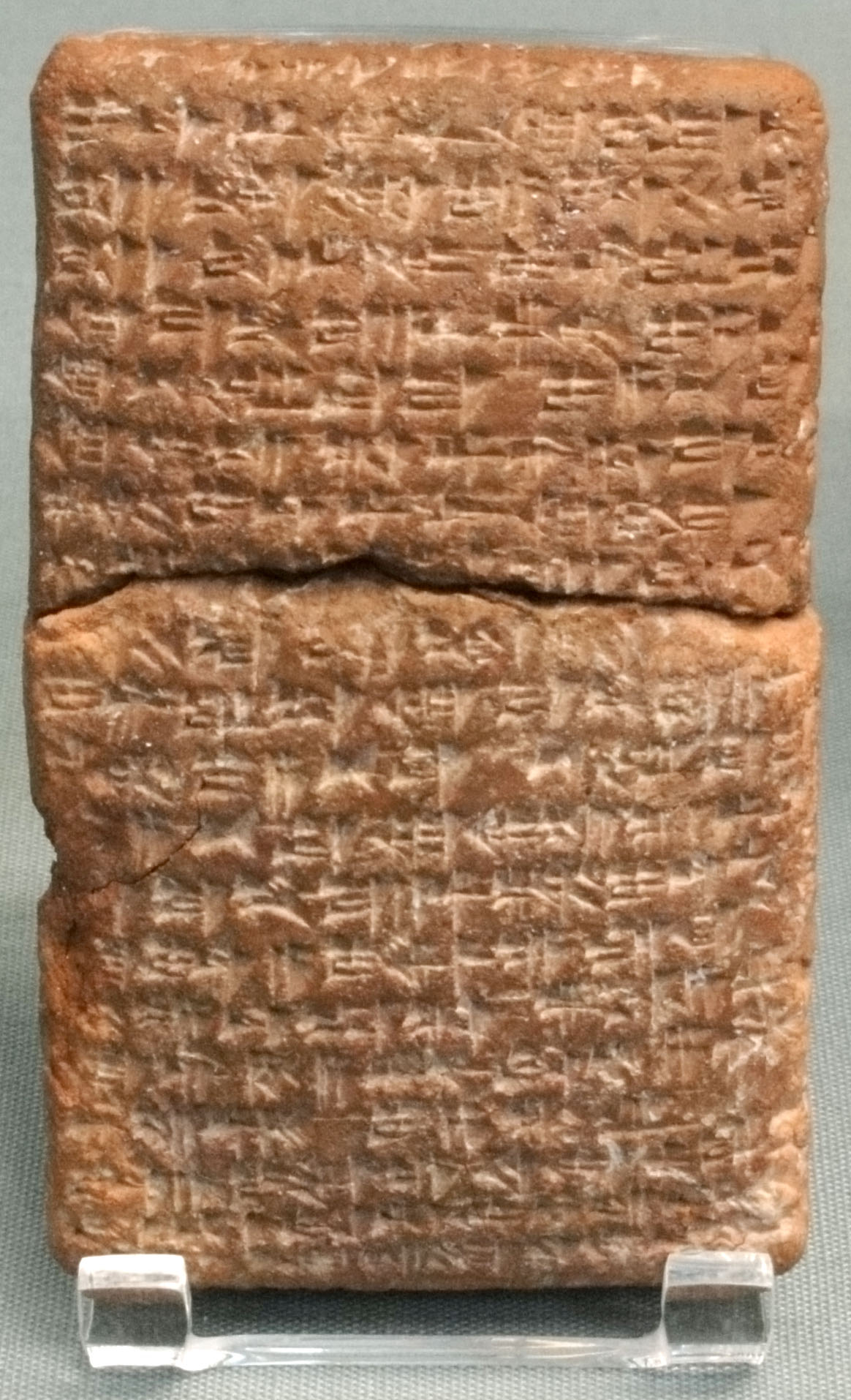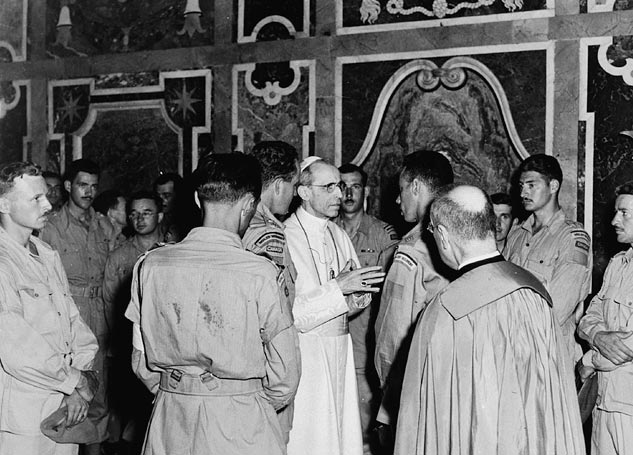|
Dometiopolis
Dometiopolis () was a city of Cilicia Trachea, and in the later Roman province of Isauria in Asia Minor. Its ruins are found in the village of Katranlı (formerly Dindebul), Ermenek, Karaman Province, Turkey. History The city, whose previous name is unknown, was named Dometiopolis (Greek: Δομετιούπολις) after Lucius Domitius Ahenobarbus (consul 16 BC). According to Constantine Porphyrogenitus it was one of the ten cities of the Isaurian Decapolis. Episcopal see The episcopal see of Dometiopolis is mentioned in Gustav Parthey's ''Notitiæ episcopatuum'', I and III, and in Heinrich Gelzer's ''Nova Tactica'', 1618, as a suffragan of Seleucia. Lequien (''Oriens Christianus'' II, 1023) mentions five bishops, from 451 to 879. It remains a titular see of the Catholic Church,''Annuario Pontificio 2013'' (Libreria Editrice Vaticana 2013 ), p. 882 sometimes under the spelling "Domitiopolis". References Catholic titular sees in Asia Populated places of the Byza ... [...More Info...] [...Related Items...] OR: [Wikipedia] [Google] [Baidu] |
Isaurian Decapolis
The Isaurian Decapolis was a group of ten cities () in ancient and medieval Isauria.W. M. Ramsay, The Historical Geography of Asia Minor(Cambridge University Press, 2010 p366 According to the of the 10th-century Byzantine emperor Constantine VII Porphyrogennetos, the Decapolis comprised the inland portions of Isauria, with the cities of Germanicopolis, Isauria, Germanicopolis, Titiopolis, Dometiopolis, Zenopolis, Isauria, Zenopolis, Neapolis, Isauria, Neapolis, Claudiopolis (Cilicia), Claudiopolis, Irenopolis, Isauria, Irenopolis, Diocaesarea, Isauria, Diocaesarea, Lauzadus and Dalisandus (Isauria), Dalisandus. References Isauria Historical regions in Turkey {{AncientIsauria-geo-stub ... [...More Info...] [...Related Items...] OR: [Wikipedia] [Google] [Baidu] |
Cilicia Trachea
Cilicia () is a geographical region in southern Anatolia, extending inland from the northeastern coasts of the Mediterranean Sea. Cilicia has a population ranging over six million, concentrated mostly at the Çukurova, Cilician plain (). The region includes the provinces of Mersin Province, Mersin, Adana Province, Adana, Osmaniye Province, Osmaniye and Hatay Province, Hatay. Name The name of Cilicia () was derived from (), which was the name used by the Neo-Assyrian Empire to designate the western part of what would become Cilicia. The English spelling is the same as the Latin, as it was transliterated directly from the Greek form Κιλικία. The palatalization of c occurring in Western Europe in later Vulgar Latin () accounts for its modern pronunciation in English. Geography Cilicia extends along the Mediterranean Sea, Mediterranean coast east from Pamphylia to the Nur Mountains, which separate it from Syria. North and east of Cilicia stand the rugged Taurus Mounta ... [...More Info...] [...Related Items...] OR: [Wikipedia] [Google] [Baidu] |
Heinrich Gelzer
Heinrich Gelzer (1 July 1847 – 11 July 1906) was a German classical scholar. He wrote also on Armenian mythology. He was the son of the Swiss historian Johann Heinrich Gelzer (1813–1889). He became Professor of classical philology and ancient history at the University of Jena, in 1878. He wrote a still-standard work on Sextus Julius Africanus. He worked out the chronology of Gyges of Lydia, from cuneiform evidence, in an 1875 article. Works *''Sextus Julius Africanus und die byzantinische Chronographie'' (three volumes) – Sextus Julius Africanus and the Byzantine chronology. *'' Georgii Cyprii Descriptio orbis romani'' (1890). *''Index lectionum Ienae'' (1892). *''Leontios' von Neapolis Leben des heiligen Johannes des Barmherzigen, Erzbischofs von Alexandrien'' (1893) – Leontios of Neapolis' life of John the Merciful, Archbishop of Alexandria. *''Geistliches und Weltliches aus dem türkisch-griechischen Orient'' (1900) – The spiritual and worldly of ... [...More Info...] [...Related Items...] OR: [Wikipedia] [Google] [Baidu] |
Former Populated Places In Turkey
A former is an object, such as a template, gauge or cutting die, which is used to form something such as a boat's hull. Typically, a former gives shape to a structure that may have complex curvature. A former may become an integral part of the finished structure, as in an aircraft fuselage, or it may be removable, being used in the construction process and then discarded or re-used. Aircraft formers Formers are used in the construction of aircraft fuselage, of which a typical fuselage has a series from the nose cone to the empennage, typically perpendicular to the longitudinal axis of the aircraft. The primary purpose of formers is to establish the shape of the fuselage and reduce the column length of stringers to prevent instability. Formers are typically attached to longerons, which support the skin of the aircraft. The "former-and-longeron" technique (also called stations and stringers) was adopted from boat construction, and was typical of light aircraft buil ... [...More Info...] [...Related Items...] OR: [Wikipedia] [Google] [Baidu] |
Populated Places In Ancient Cilicia
Population is a set of humans or other organisms in a given region or area. Governments conduct a census to quantify the resident population size within a given jurisdiction. The term is also applied to non-human animals, microorganisms, and plants, and has specific uses within such fields as ecology and genetics. Etymology The word ''population'' is derived from the Late Latin ''populatio'' (a people, a multitude), which itself is derived from the Latin word ''populus'' (a people). Use of the term Social sciences In sociology and population geography, population refers to a group of human beings with some predefined feature in common, such as location, race, ethnicity, nationality, or religion. Ecology In ecology, a population is a group of organisms of the same species which inhabit the same geographical area and are capable of interbreeding. The area of a sexual population is the area where interbreeding is possible between any opposite-sex pair within the ... [...More Info...] [...Related Items...] OR: [Wikipedia] [Google] [Baidu] |
Catholic Titular Sees In Asia
The Catholic Church (), also known as the Roman Catholic Church, is the largest Christian church, with 1.27 to 1.41 billion baptized Catholics worldwide as of 2025. It is among the world's oldest and largest international institutions and has played a prominent role in the history and development of Western civilization. O'Collins, p. v (preface). The church consists of 24 ''sui iuris'' (autonomous) churches, including the Latin Church and 23 Eastern Catholic Churches, which comprise almost 3,500 dioceses and eparchies around the world, each overseen by one or more bishops. The pope, who is the bishop of Rome, is the chief pastor of the church. The core beliefs of Catholicism are found in the Nicene Creed. The Catholic Church teaches that it is the one, holy, catholic and apostolic church founded by Jesus Christ in his Great Commission, that its bishops are the successors of Christ's apostles, and that the pope is the successor of Saint Peter, upon w ... [...More Info...] [...Related Items...] OR: [Wikipedia] [Google] [Baidu] |
Catholic Church
The Catholic Church (), also known as the Roman Catholic Church, is the List of Christian denominations by number of members, largest Christian church, with 1.27 to 1.41 billion baptized Catholics Catholic Church by country, worldwide as of 2025. It is among the world's oldest and largest international institutions and has played a prominent role in the history and development of Western civilization.Gerald O'Collins, O'Collins, p. v (preface). The church consists of 24 Catholic particular churches and liturgical rites#Churches, ''sui iuris'' (autonomous) churches, including the Latin Church and 23 Eastern Catholic Churches, which comprise almost 3,500 dioceses and Eparchy, eparchies List of Catholic dioceses (structured view), around the world, each overseen by one or more Bishops in the Catholic Church, bishops. The pope, who is the bishop of Rome, is the Papal supremacy, chief pastor of the church. The core beliefs of Catholicism are found in the Nicene Creed. The ... [...More Info...] [...Related Items...] OR: [Wikipedia] [Google] [Baidu] |
Titular See
A titular see in various churches is an episcopal see of a former diocese that no longer functions, sometimes called a "dead diocese". The ordinary or hierarch of such a see may be styled a "titular metropolitan" (highest rank), "titular archbishop" (intermediary rank) or " titular bishop" (lowest rank), which normally goes by the status conferred on the titular see. Titular sees are dioceses that no longer functionally exist, often because the territory was conquered by Muslims or because it is schismatic. The Greek–Turkish population exchange of 1923 also contributed to titular sees. The see of Maximianoupolis along with the town that shared its name was destroyed by the Bulgarians under Emperor Kaloyan in 1207; the town and the see were under the control of the Latin Empire, which took Constantinople during the Fourth Crusade in 1204. Parthenia, in north Africa, was abandoned and swallowed by desert sand. Catholic Church During the Muslim conquests of the M ... [...More Info...] [...Related Items...] OR: [Wikipedia] [Google] [Baidu] |
Lequien
Michel Le Quien (8 October 1661, Boulogne-sur-Mer – 12 March 1733, Paris) was a French historian and theologian. Biography Le Quien studied at , Paris, and at twenty entered the Dominican convent in Faubourg Saint-Germain, where he made his profession in 1682. Excepting occasional short absences, Le Quien never left Paris. At the time of his death he was librarian of the convent in Rue Saint-Honoré, a position which he had filled almost all his life, lending assistance to those who sought information on theology and ecclesiastical antiquity. Under the supervision of he mastered the classical languages, Arabic and Hebrew, to the detriment, it seems, of his mother tongue. Works His chief works, in chronological order, are: * (Paris, 1690), reprinted in Migne's , III (Paris 1861), 1525–84. It is an answer to by the Cistercian Paul Pezron (1638–1706), who took the text of the ''Septuagint'' as sole basis for his chronology. Pezron replied, and was again answere ... [...More Info...] [...Related Items...] OR: [Wikipedia] [Google] [Baidu] |
Seleucia
Seleucia (; ), also known as or or Seleucia ad Tigrim, was a major Mesopotamian city, located on the west bank of the Tigris River within the present-day Baghdad Governorate in Iraq. It was founded around 305 BC by Seleucus I Nicator as the first capital of the Seleucid Empire, and remained an important center of trade and Hellenistic culture after the imperial capital relocated to Antioch. The city continued to flourish under Parthian rule beginning in 141 BC; ancient texts claim that it reached a population of 600,000. Seleucia was destroyed in 165 AD by Roman general Avidius Cassius and gradually faded into obscurity in the subsequent centuries. The site was rediscovered in the 1920s by archaeologists. Names Seleucia (, ''Seleúkeia'') is named for Seleucus I Nicator, who enlarged an earlier settlement and made it the capital of his empire around 305 BC. It was the largest and most important of the many cities to bear its name but is sometimes distinguished as ... [...More Info...] [...Related Items...] OR: [Wikipedia] [Google] [Baidu] |




